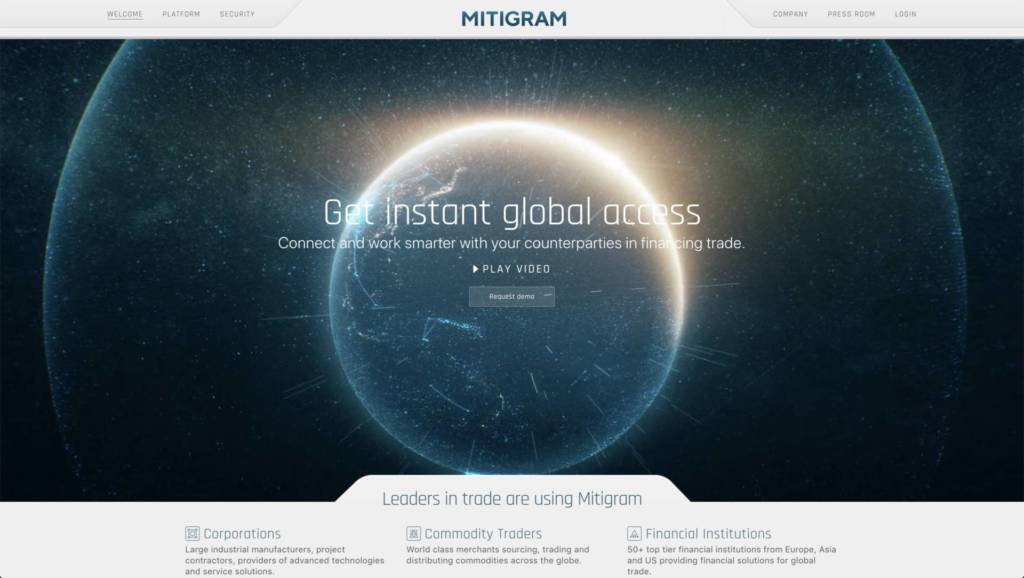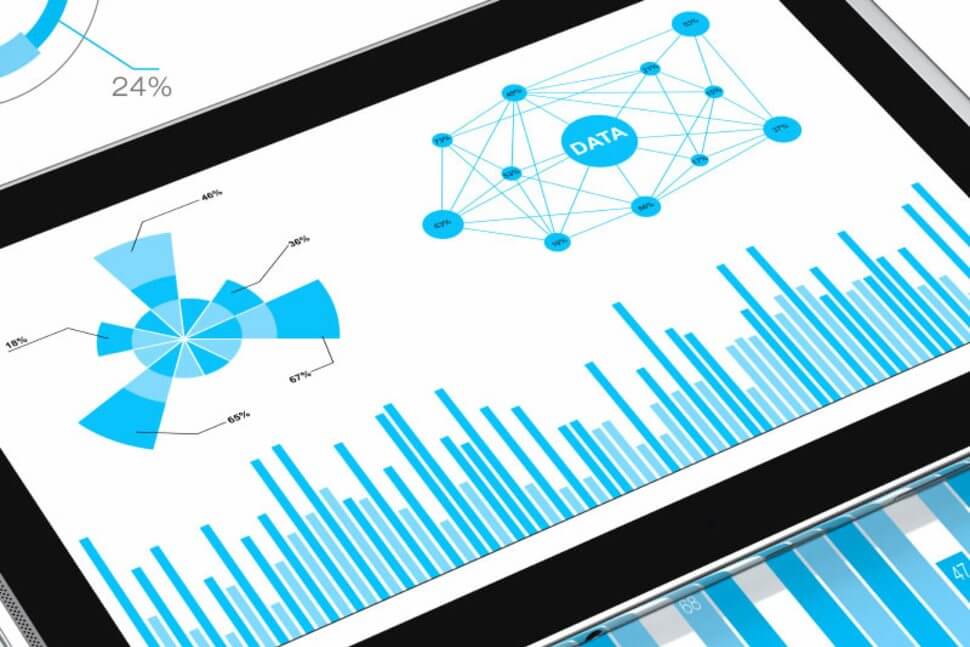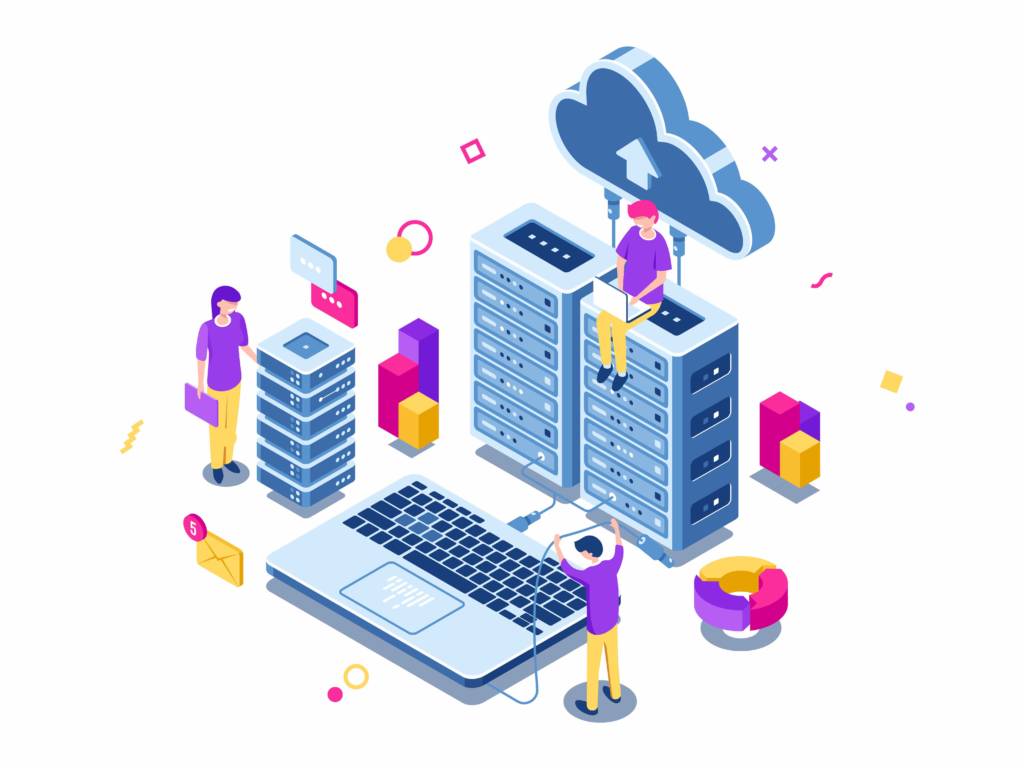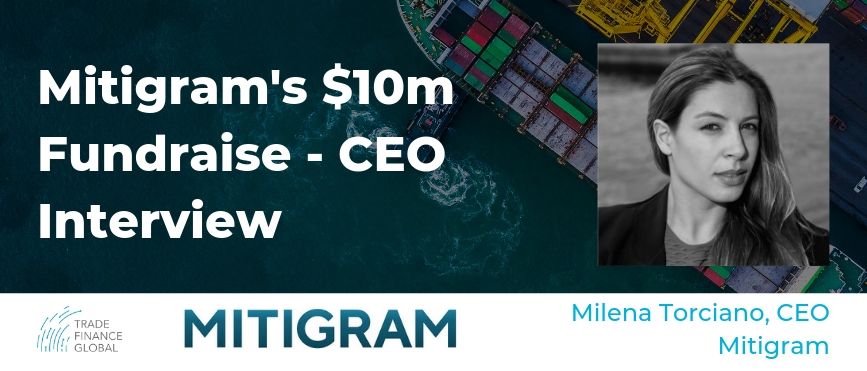Trade finance is the blood that runs through the veins of the global economy. It is a vast $6.5-8tn USD market in annual bank-intermediated flows yet it still runs on email. TFG spoke to Mitigram’s CEO Milena Torciano, who just raised a Series B round of financing, worth 100SEK ($10.7m USD) from Sampo, on their ambition to become the Bloomberg of trade and digitise trade flows.
It was recently announced that Sweden based company, Mitigram, raised 100m SEK ($10.7m USD) in a series B round from Sampo, to help automate and digitise trade finance, and trade finance flows. Editor Deepesh Patel spoke to Mitigram’s CEO, Milena Torciano, to find out more.
Deepesh Patel: Hi Milena! What is Mitigram, and how is it bridging the trade finance gap?

Milena Torciano: Mitigram is a market network for exporters, traders and financial institutions to access funding and risk coverage arising from cross-border trade activities. The company’s clients are multinational corporations, commodity traders and banks.
Clients include: Ericsson, Maire Tecnimont, Nokia, Olam and Wärtsilä; and the banking institutions Commerzbank, Standard Chartered Bank and Natixis.
Mitigram enables banks to collaborate with each other and with non-bank financial institutions in the exchange of information to allow effective communication and redistribution of trade finance needs.
The platform provides access to an extended network of counterparties, supports enhanced compliance processes through its comprehensive automated quotation workflows, and provides all parties with a better understanding of market pricing and capacity, thus improving efficiency, transparency and liquidity in trade.

Trade Finance: The Risks
DP: What are the biggest risks of trade finance right now?
MT: International trade is tightly linked to geopolitics hence, as everyone can see today, as the world becomes more and more complex and unpredictable, this does not ease trade.
So we see 3 main risks today in the world of trade finance:
- Political risk particularly in the sense of sudden/repeated changes in sanctions/embargoes/disruption of multi-bi lateral commercial agreements putting at risk trade flows;
- Regulatory risk around bank’s constraints on regulatory / required capital (Basel III) which is penalising trade finance whilst global default risk remains very low for trade finance instruments; (hear our podcast with Olivier Paul, Director at ICC Banking Commission, on the unintended consequences of regulation on trade finance here)
- Shadow banking: as banks face more and more constraints in financing trade, new actors are coming into the market offering non-banking financing solutions. However, these Fintechs are not regulated in the same way as banks and, if the trend continues, we could consider a bubble gradually materializing with a sudden squeeze of the liquidity especially for trade finance. With potentially significant negative impact on the global economy.

Automation and digitalisation of trade
DP: Why can’t trade finance be automated just yet, and what does the industry need to do?
MT: Trade finance is the blood that runs through the veins of the global economy. It is a vast USD6.5-8TN market in annual bank-intermediated flows (BIS estimates) that still run however, fundamentally on email. There is no digital exchange in trade and no central repository of data. There is no Bloomberg of trade.
This lack of marketplace access and automation touches on two aspects primarily in our views:
(A) On the front office side : Corporate to Bank communication in trade is still driven by emails and XL sheets or similar manual files: corporates are answering their banks by email and the latter respond in the same way, and both might record the related data manually at their respective end, locally – this means a low level of analytics and, as a consequence, limited visibility/predictability on underlying risks assessment for both corporates and banks and lack of price transparency. This is particularly critical as the trade finance environment has been highly challenged during the last decade and this is not expected to improve: compliance (AML/ KYC)/reputational/regulatory capital challenges for banks have been significant following the credit crisis, and have impacted banks’ ability to finance trade.
(B) On the mid & back office sides: most of the processing platforms of the banks for trade related & open account instruments are proprietary – this means that corporates maintaining several banks relationships/accounts must each time connect to a different platform (same as happens today with retail banking accounts, by the way) – this is not an easy way to process trade finance and open account transactions especially when we take into consideration the pressure banks are under, which increasingly require exporting corporates to expand their network of financial partners to ensure that goods can continue to flow. At the same time, PSD2 and Open Banking are becoming a reality, which touches not only retail but increasingly corporate banking, impacting corporates’ expectations for a transparent, streamlined and efficient way to hedge, fund and distribute their risks in cross-border trade.
There is no digital exchange in trade and no central repository of data. There is no Bloomberg of trade.
Milena Torciano, CEO, Mitigram
These are the challenges that Mitigram has set to address, through a connected and transparent marketplace for trade finance assets, as well as delivering better automation in existing trade finance processes leveraging NLP/ AI applications to move from unstructured to structured data.
DP: Who is Sampo, and why was the decision made for a 10.7m USD investment into Mitigram?
MT: Sampo plc is one of the most valuable companies listed on the Helsinki stock exchange, and a long-term owner of financial services assets, covering both traditional banks and insurance companies – the Group owns 21 per cent of Nordea – as well as technology platforms through its investments in Nordax and Saxo Bank.
They have led the current round with participation from all current investors, i.e. Kaj Hed (founder and significant owner of Rovio Entertainment) via the venture capital fund Moor&Moor AB; Swedish investors Johan Andersson (CEO of Mellby Gård) and Fort Knox (a family office) have also invested.
They have invested in Mitigram because they understand that global distribution of goods and commodities is made possible by finance. And that finance is changing.
They have been impressed by what we have achieved thus far in building the first ecommerce platform for trade finance instruments. Their investment and expertise will support our company in growing further and faster, delivering on our mission to increase transparency, efficiency and connectivity in global trade.

$27 billion of financing to date – what next?
DP: To date, Mitigram has facilitated $27 billion in financing of trade finance risks from over 100 countries, what’s next, given the recent fundraising?
MT: We will continue furthering the depth and reach of the Mitigram marketplace by delivering more product features and capabilities to increase automation and liquidity in the multi-trillion market of financing global trade. Our product focus in particular will be on delivering digital workflows for trade assets distribution, trade credit insurance and developmental financial guarantees. Mitigram will also build on its natural language processing (NLP) applications to interpret unstructured trade data and distributed transaction management capabilities, which will involve direct connectivity to Swift. (Hear our podcast with Michael Boguslavsky, Head of AI at Tradeteq, who talks in detail about NLP, machine learning, OCR and AI within trade finance.)
In terms of geographical footprint, we will continue expanding our reach into Europe, Africa and Asia, where we already have several very significant players using the platform today.

DP: Will Mitigram be exploring use cases around DLT / Blockchain and Networks in the near future?
MT: We believe that technology can have a profound impact in digitizing trade globally, especially trade finance instruments such as e-bills of lading, bills of exchange/promissory notes, etc.
However, we also understand that trade finance is very complex, as it is addressing many different legal/fiscal/administrative/cultural systems all around the world. As you trade between players in similar environment it is quite easy to digitize and even set up blockchains amongst those. However, in most of the cases, it will be hard to reach a mutually agreed framework which will be set above local laws, tax systems, cultural practices etc. and rewire the entire system in the near to medium term future.
Hence we see a bigger impact in the short to medium term coming from greater trade automation through natural language processing applications applied to existing processes, automated matching of supply/ demand based on risk appetite settings for a broader set of assets and delivery of 2G analytics on marketplace data. This is what we are looking to further develop into Mitigram’s marketplace capabilities today, and will remain open to any new underlying technologies should they emerge and receive widespread adoption in the future.
























